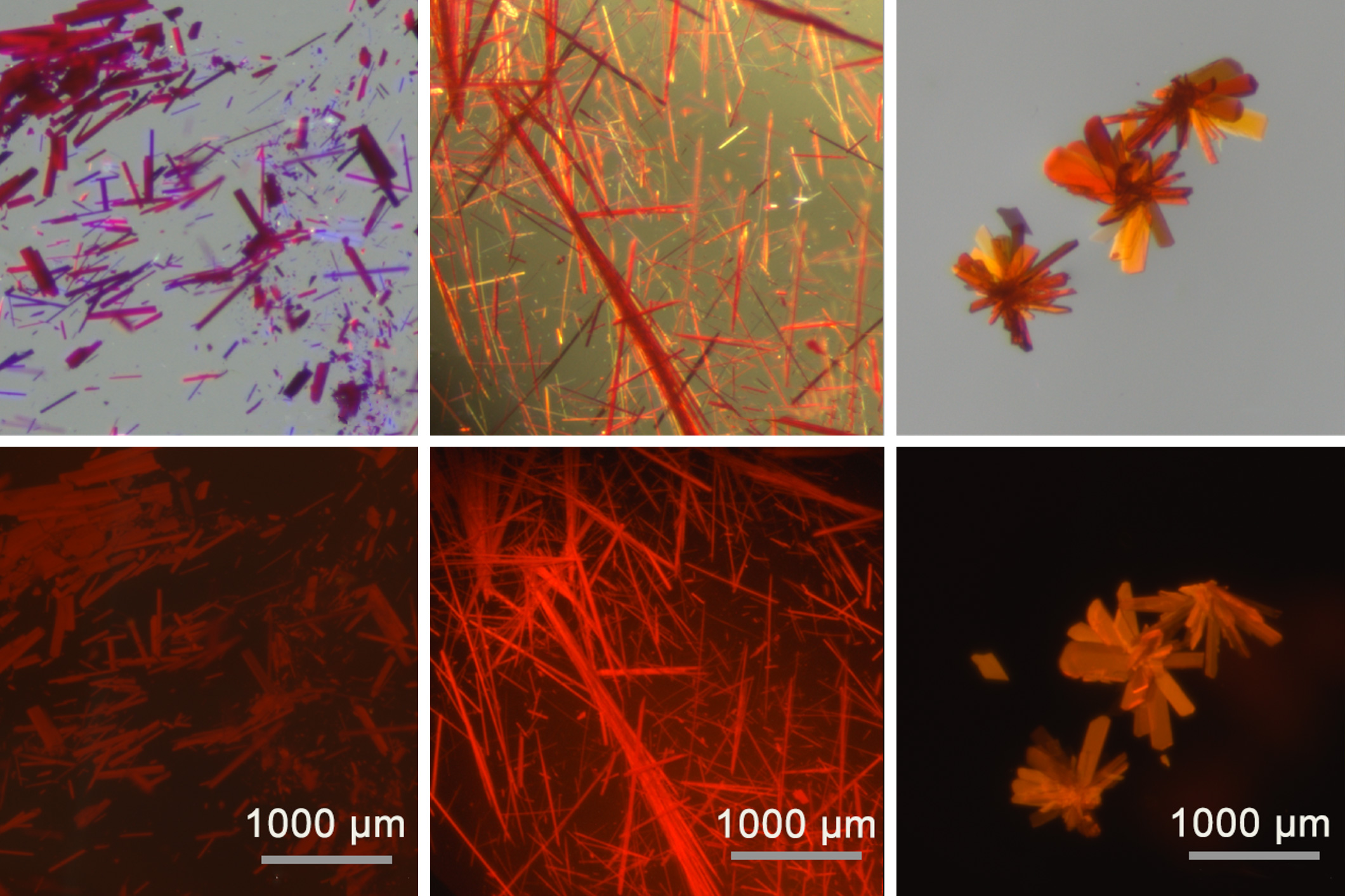MIT chemists have made a breakthrough in biomedical imaging by creating new red fluorescent dyes. These dyes promise to deliver much clearer images of tumors and other biological structures. The team based their innovation on a borenium ion, a positively charged form of boron, which emits light in the near-infrared spectrum. This unique property allows scientists to see deeper into tissues, making it easier to distinguish between healthy and abnormal cells.

How Red Fluorescent Dyes Improve Imaging
Traditional fluorescent dyes often struggle to provide sharp images because their light can scatter or get absorbed by tissue. The new red fluorescent dyes from MIT overcome these challenges. By utilizing the special properties of the borenium ion, they emit light that passes more efficiently through biological samples. This results in clearer, more detailed images—a critical improvement for researchers and doctors.
Potential Impact on Cancer Diagnosis
With these new dyes, doctors could soon get a better look at tumors, helping them identify and treat cancer earlier and more accurately. The technology also holds promise for other areas of biomedical research where precise imaging is crucial.
Sources:
Source